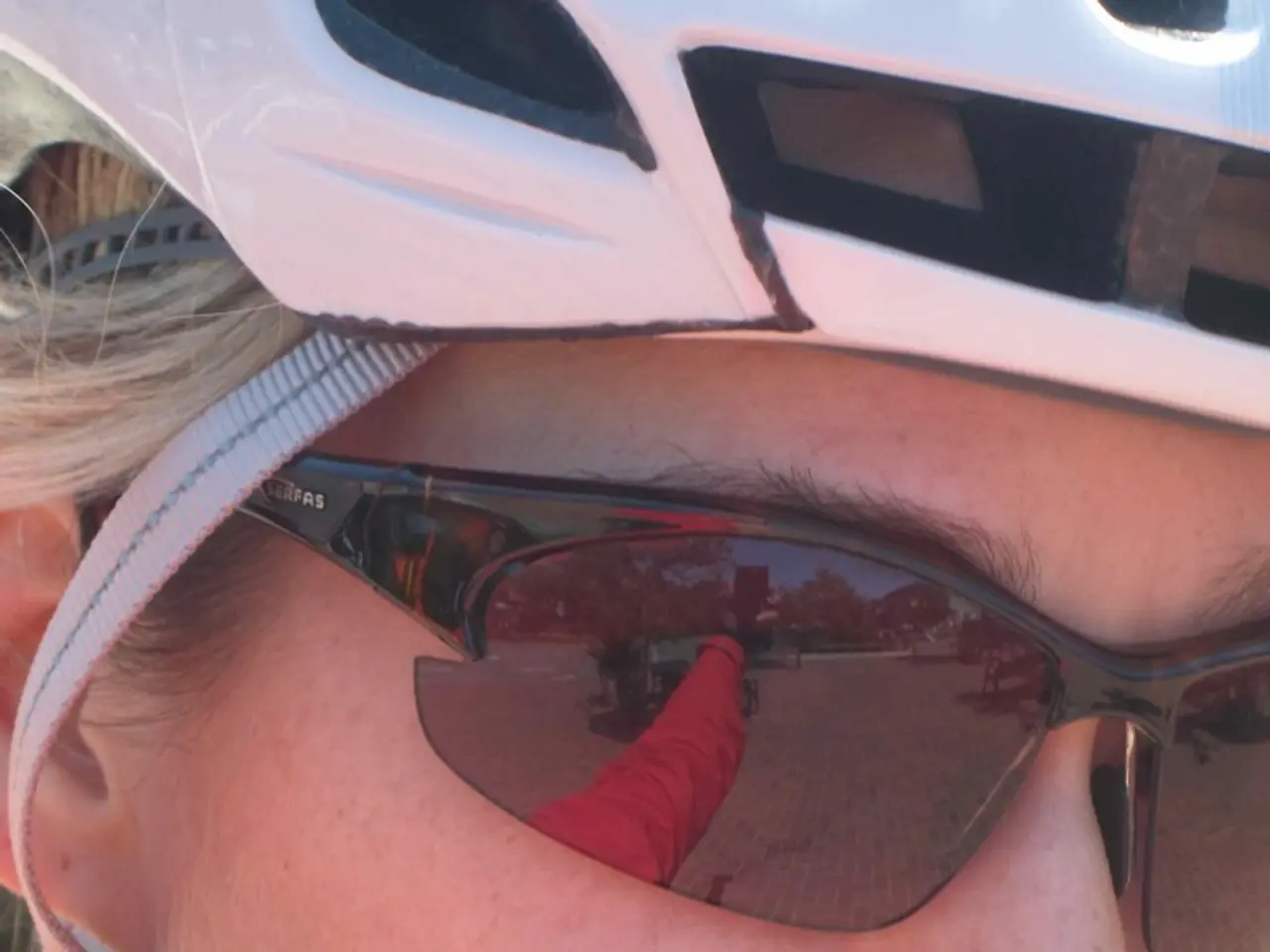Enhance your wildlife photography skills with five straightforward suggestions, regardless of your equipment's sophistication.
Wildlife Photography: Tips and Affordable Lens Options for Beginners
Wildlife photography can be a rewarding and enriching hobby, offering the opportunity to capture the beauty and majesty of the natural world. Whether you're using a high-end DSLR or a modern smartphone, there are several techniques and equipment choices that can help you get the best possible shots.
Stabilizing Your Shot
For handheld shots, maintaining stability is key. Tuck your elbows into your sides, hold the camera with both hands, and gently exhale as you press the shutter. This can help reduce camera shake, especially when using longer lenses.
Identifying Wildlife and Learning Their Calls
Using bird-watching binoculars and the Merlin Bird ID app can aid in identifying various species and learning their calls. This knowledge can help you anticipate their movements and be ready for the perfect shot.
Optimizing Lighting
Light is a free and powerful tool for wildlife photography. Shooting during the golden hour, just after sunrise or before sunset, provides warm, flattering light and long shadows that add depth and texture to your images. Direct sunlight on bright, sunny days can create harsh contrasts and strong shadows, making it less ideal for wildlife photography.
Choosing the Right Lens
Good lighting can significantly improve a wildlife photo, and using natural light effectively is free. Many modern cameras and smartphones have touchscreen focusing and animal eye autofocus to ensure the eye is sharp. For those looking to invest in a lens, several affordable options are available for beginners under $1,000.
- The Canon RF 100-400mm F5.6-8 IS USM offers sharp images, fast autofocus, and a short close focusing distance, making it a good all-around choice for Canon users starting wildlife photography.
- The Canon RF 600mm F11 IS STM provides good reach with decent optics for wildlife subjects at a distance.
- The Fujifilm XF 70-300mm F4-5.6 R LM OIS WR is the only native Fujifilm wildlife lens under $1,000, balancing size, weight, and image quality.
- The OM System M.Zuiko Digital ED 100-400mm F5-6.3 IS OM is a good choice for Micro Four Thirds camera users, offering excellent image quality and solid build.
- The Nikon 70-300mm f/4.5-5.6E VR AF-P is a versatile lens recommended for Nikon users on a tight budget.
Other affordable lenses under $1,000 are available for various camera brands, such as the Sigma 100-400mm f/5-6.3 DG DN OS Contemporary, Canon RF 800mm f/11 IS STM, Panasonic Lumix G Vario 100-300mm f/4-5.6 II Power OIS, Tamron 18-400mm f/3.5-6.3 Di II VC HLD, Fujinon XF 100-400mm f/4.5-5.6 R LM OIS WR, and Tamron 50-400mm f/4.5-6.3 Di III VC VXD.
Composition and Technique
Steady shots are crucial in wildlife photography to prevent camera shake, especially when using longer lenses or shooting in low light. Using a tripod or monopod when the subject is in a fixed setup can improve sharpness and allow for better timing and composition. Focusing on the eyes is essential in wildlife photography, as it creates an instant connection with the animal and draws the viewer in.
Understanding Animal Habits
Understanding an animal's habits can help plan wildlife photography shoots more effectively. For instance, positioning bird feeders near natural perches like branches or rocks can create more photogenic scenes. If your camera doesn't have features like animal eye autofocus, use single-point autofocus and place the focus point over the eye.
Smartphone Photography
Modern smartphones are capable of taking great wildlife photos with burst mode, focusing on the animal's eye, and shooting in good light. Soft, overcast light is ideal for wildlife photography due to its ability to reduce harsh shadows and create richer, more balanced colors.
With these tips and affordable lens options, you'll be well on your way to capturing stunning wildlife images. Happy shooting!
- Embracing a broader perspective, utilized lifestyle articles can offer insights on how to optimize a photographic journey, blending travel with photography, providing experiences and memories through fashion-and-beauty, food-and-drink, home-and-garden, and relationships.
- Incorporating pets into travel photography can create unique and heart-warming snapshots, capturing the bond between humans and their furry companions.
- A passion for photography can also extend to automobile adventures, as cars evoke a sense of style and provide a dynamic backdrop for photographic expressions.
- Maintaining a well-rounded portfolio, these diverse subjects can complement wildlife photography, showcasing a diverse range of creativity and capturing the beauty and intrigue found in everyday life.




